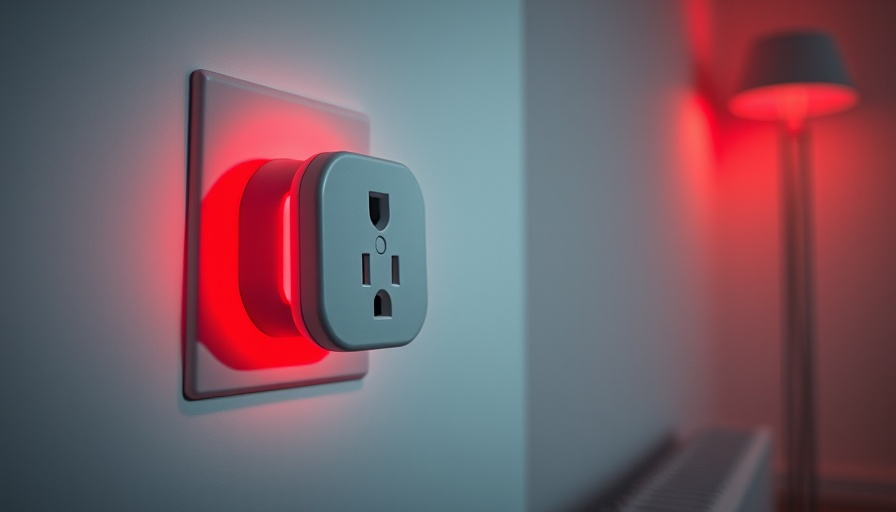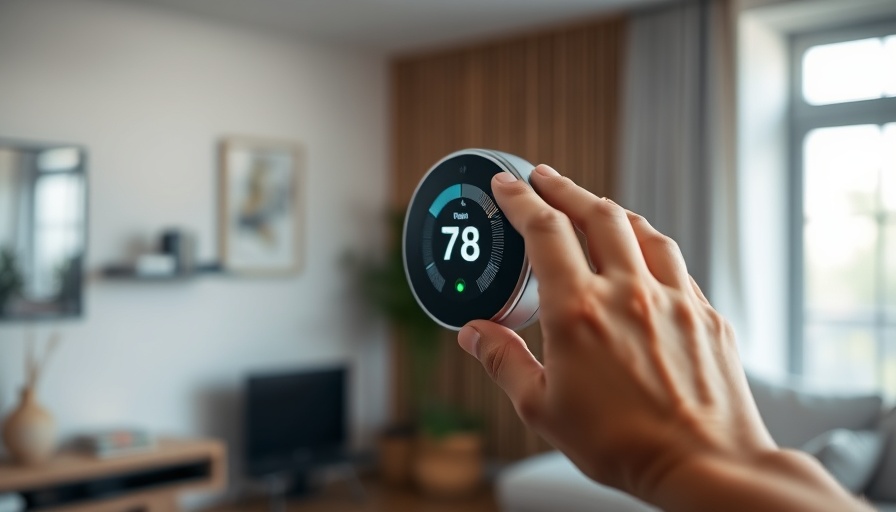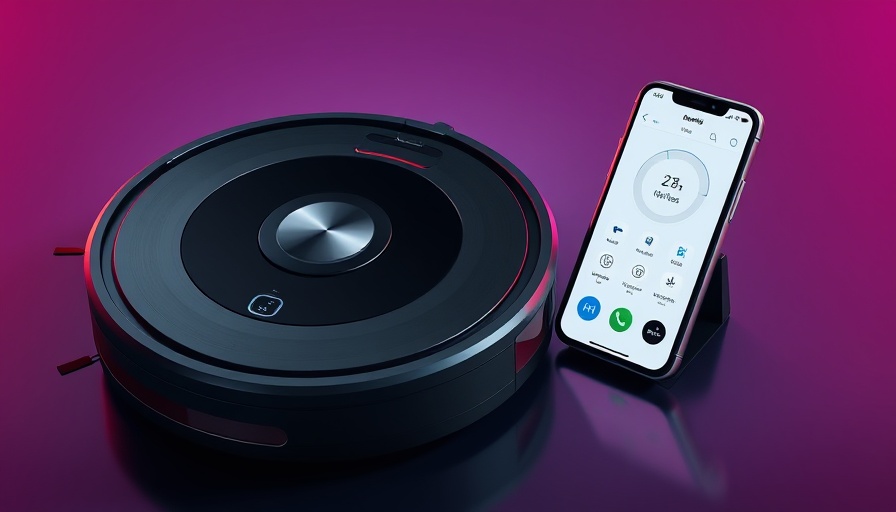
Spring Into Smart Safety: Ensuring Your Smart Plug's Integrity
As the days grow warmer and the weather shifts, the demand for comfort in our homes often leads to a surge in energy usage. With the arrival of spring, many homeowners start reaching for space heaters or electric blankets, particularly during those unexpected cool evenings. This seasonal behavior brings about a crucial conversation regarding the safety of smart plugs, which are becoming increasingly popular as a means to facilitate energy efficiency and ease of use in the home.
Understanding the Basics of Smart Plugs and Household Electricity
Smart plugs are innovative devices that allow you to control appliances remotely, and they play a significant role in enhancing energy efficiency. However, it is vital to understand the electrical constraints associated with them. In most American homes, the electrical system operates primarily at 120 volts, with certain appliances requiring 240 volts. Each circuit in your home's breaker box is designed to handle a specific load, and exceeding that limit can potentially lead to electrical fires or malfunctions.
Expert electrician Derek Rhoades notes that proper understanding of your home’s circuit amperage is critical. Most standard household receptacles are rated for either 15 or 20 amps, producing heat as a byproduct of electrical flow, which highlights the necessity of knowing the amperage rating of your smart plug before connecting high-power appliances.
Smart Plugs: The Limitations and Risks
While smart plugs can accommodate a range of devices, using them with high-wattage appliances requires caution. The National Electrical Code suggests that devices plugged into smaller amperage plugs should not exceed 80% of the outlet's maximum capacity for safe operation. For instance, a 15-amp device can handle up to 1,800 watts, but prolonged operation at that level may not be advisable.
Using smart plugs to manage energy consumption can be beneficial, but awareness is key. Connecting multiple devices to a single smart plug or using high-wattage appliances—like space heaters or air conditioners—may exceed the limitations and cause the breaker to trip, losing power to your devices and posing safety risks.
Practical Insights: How to Safely Incorporate Smart Plugs into Your Home
To maximize the functionality of smart plugs this spring, start by assessing the power needs of the devices you'll plug in. For example, if you plan on using a space heater rated for 1,500 watts, ensure that it is on a circuit equipped to handle this load. Additionally, consider investing in an electrical monitoring device, like the Ting Sensor, for an added layer of safety, allowing you to detect potential hazards before they escalate.
Opting for smart plugs with higher amperage ratings can offer added safety, and prioritizing devices that explicitly support higher loads can help mitigate the risk of overload. For instance, specialized smart plugs designed for heavy-duty use can manage greater energy demands and contribute to a smarter, more sustainable home.
Smart Home Kitchen: A New Standard of Luxury
For affluent homeowners looking to enhance their kitchen experience, integrating smart plugs into the design can lead to innovative solutions and efficiencies. As energy costs continue to rise, smart plug functionality—paired with high-end appliances—allows for seamless control over energy use. With a focus on sustainability, utilizing smart designs means that energy-efficient appliances, custom kitchen cabinets, and smart kitchen gadgets can work in harmony, creating luxury kitchen designs that don't compromise on safety or style.
Conclusion: The Future of Smart Homes Begins with Safety
This spring, as you invite comfort into your home with electric devices and smart technology, remember the importance of safety. By understanding the limitations of smart plugs and taking appropriate precautions, you can enjoy the benefits of modern convenience while ensuring your home remains a safe haven. Now is the time to embrace smart home technology, ensuring elegance and efficiency go hand in hand.
 Add Row
Add Row  Add
Add 




 Add Row
Add Row  Add
Add 

Write A Comment